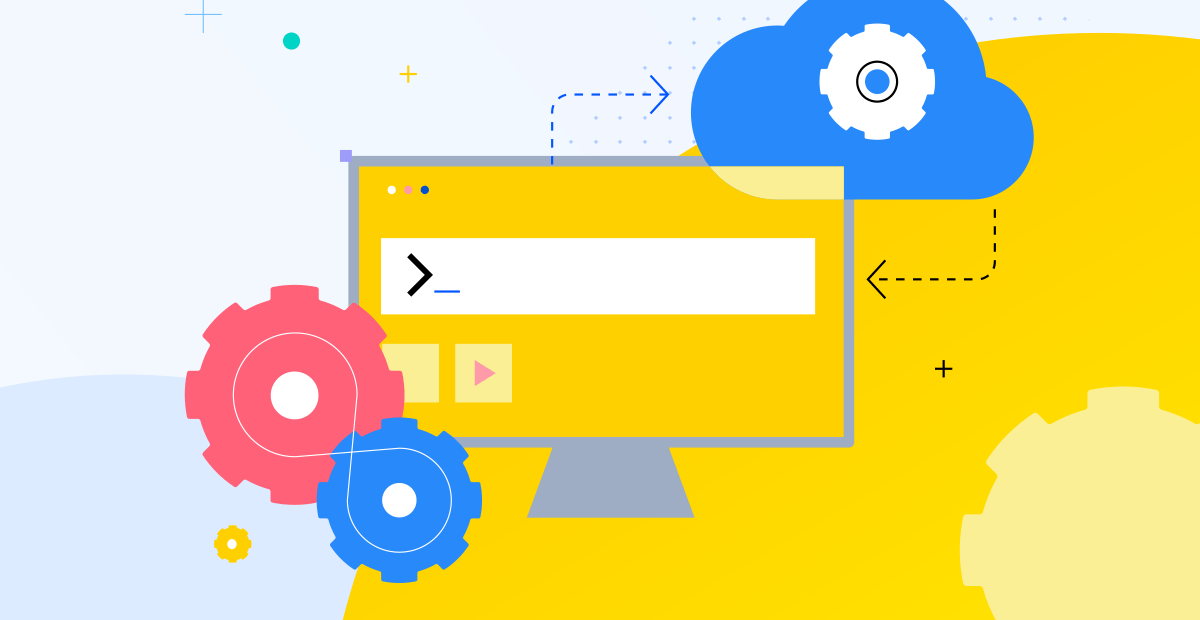What is Hyperautomation and How Does It Impact Key Industries?

Hyperautomation is emerging as a powerful solution that unlocks digital value and productivity and transforms employee and customer experiences.
In this era of digital transformation, automation has become a core component of business operations. However, organizations often face challenges due to silos, disconnected systems and multiple process automation tools.
To address these challenges, hyperautomation is emerging as a powerful solution that not only unlocks digital value and productivity but also transforms employee and customer experiences.
What is Hyperautomation?
Hyperautomation is an advanced term used to describe the combination of multiple technologies, such as artificial intelligence (AI), robotic process automation (RPA), machine learning (ML), business process management (BPM), and other low-code application platforms to create a highly efficient and scalable system that can automate end-to-end complex business processes.
Why is Hyperautomation Important?
Last year, Gartner identified hyperautomation as one of the top strategic technology trends for 2022 as teams were looking forward to improving their quality of work, speeding up business processes and enhancing decision-making.
The tech giant also predicts that by 2024, organizations will lower operational costs and save money by 30% by combining hyperautomation technologies with redesigned operational processes.
Hyperautomation is a powerful tool that can be customized to suit specific business processes, bringing a wide range of benefits to organizations. By eliminating bottlenecks and optimizing workflows, hyperautomation can help businesses improve productivity and streamline their operations. This in turn empowers employees to be more productive, motivated and innovative.
Another significant advantage of hyperautomation is its ability to provide advanced analytics and insights. By unlocking the power of data, hyperautomation can help businesses better understand their operations, identify inefficiencies and make data-driven decisions.
Challenges and Benefits of Hyperautomation
One of the biggest benefits of hyperautomation is its ability to streamline business processes, leading to increased efficiency, consistency and accuracy. Automation eliminates repetitive and manual tasks, allowing employees to focus on more complex and creative work.
Hyperautomation also reduces costs associated with manual labor, such as salaries, training and benefits. This can significantly improve a company’s bottom line, allowing it to allocate resources to other areas of the business.
However, it presents several challenges. One of the main challenges is the quality of data used in automation. If the data is raw or of poor quality, it can lead to errors and inaccuracies in the automation process. Organizations must ensure that their data is accurate and consistent before implementing automation.
Another challenge is the shortage of resources with the technical skills required to implement and maintain automation. This can be addressed by offering retraining programs to existing employees or hiring new talent with the necessary skills.
Elements of Hyperautomation
To achieve hyperautomation, companies must create a Digital Twin of their Organisation (DTO) for modeling scenarios. Organizations can deploy the most beneficial outcome by understanding the benefits and shortcomings of various digital and automation transformations.
Some of the elements of hyperautomation include:
Process Mining
This involves using data analytics to identify and analyze business processes to gain insights and improve automation.
Robotic Process Automation (RPA)
This technology automates repetitive, rules-based tasks, freeing up employees to focus on more complex work. RPA executes structured business processes at high speed and free from errors. It offers the ability to overlay software robots over pre-existing applications and set them up to perform process tasks 24/7 for agile and easily scalable business process automation.
Artificial Intelligence (AI) and Machine Learning (ML)
These technologies can help to automate decision-making processes by using algorithms to analyze data and make predictions.
Natural Language Processing (NLP)
This technology enables machines to understand and interpret human language, allowing for the automation of tasks such as customer service and chatbots.
Intelligent Business Process Management Suites (iBPMS)
These software platforms combine business process management (BPM) with AI and analytics to create intelligent workflows that can automate complex processes.
Low-Code Development Platforms
These platforms allow businesses to create and deploy applications quickly and easily, without requiring extensive coding skills.
Analytics and Business Intelligence (BI)
Analytics give insight into the way digital bots are working and what they encounter along the way. Each bot is self-monitoring and measuring its performance, with this data then being automatically processed and analyzed to draw insights into how to optimize performance and predict what is likely to happen next.
Hyperautomation vs. Automation
While traditional automation may focus on automating specific tasks, hyperautomation looks at the entire process and seeks to automate as much of it as possible.
The table below describes the comparison better:
| Feature | Automation | Hyperautomation |
|---|---|---|
| Focus | Primarily on automating specific tasks or workflows | On automating complex end-to-end business processes |
| Level of complexity | Can handle simple, repetitive and rule-based tasks | Can handle more complex tasks that require decision-making and analysis |
| Implementation time | Relatively quick and straightforward to implement | More complex to implement due to the integration of multiple technologies |
How Hyperautomation Impacts Key Industries
Finance and Banking
Hyperautomation is a useful tool for financial institutions, to automate routine tasks like account reconciliation, fraud detection and compliance checks. This frees up staff to handle more complex tasks and can help banks provide personalized services to their customers, improving their overall experience. Additionally, back-office operations and customer service can benefit from hyperautomation by automating tasks with intelligent bots and AI, streamlining processes, improving productivity and using conversational AI to answer customer queries.
Healthcare
Hyperautomation can revolutionize healthcare by improving the speed and accuracy of medical diagnosis and treatment, while also automating administrative tasks like patient record management, appointment scheduling and billing. Although legacy systems in healthcare are plagued with inefficient processes, unreliable data processing and error-prone manual tasks, automation can address these issues by relieving staff of repetitive tasks. AI and ML can be integrated with RPA to streamline workflows and facilitate patient-centric services.
Manufacturing and Production
Hyperautomation can help manufacturing companies automate production processes, reduce costs and improve quality control. By automating repetitive tasks, such as assembly line operations, companies can increase efficiency and reduce the risk of errors. Hyperautomation can also be used to monitor and optimize equipment performance, reducing downtime and improving overall productivity.
Retail and Ecommerce
Hyperautomation can significantly benefit retailers and ecommerce businesses by automating tasks like inventory management, order processing and customer service. This technology combines AI, RPA, chatbots and other technologies to automate end-to-end processes, reducing costs and improving operational speed and accuracy. Hyperautomation can also analyze customer data to provide personalized recommendations and promotions, improving the overall customer experience.
Transportation and Logistics
Hyperautomation can help transportation and logistics companies optimize their supply chains and reduce costs. By automating tasks such as route optimization, freight tracking and inventory management, companies can improve efficiency and reduce the risk of errors. Hyperautomation can also be used to analyze data from sensors and other sources to identify areas for improvement in the supply chain.
Concluding Thoughts: Progress Corticon Can Help
Hyperautomation is a rapidly growing field that seeks to streamline and automate as many business processes as possible. One of the key challenges in hyperautomation is ensuring that all of the systems involved are working together seamlessly. This is where Progress Corticon can be particularly helpful.
Corticon is a leading rules engine that enables organizations to automate decision-making processes. By using natural language to express business rules, Corticon can help companies to reduce errors and increase efficiency in their operations. It accomplishes this by providing a visual interface that allows users to create, test, and modify business rules without having to write any code.
With Corticon, businesses can automate complex decision-making processes that would otherwise require significant manual effort. For example, Corticon can be used to automate the underwriting process in the insurance industry, where a large number of rules must be applied to each application. Corticon can also be used to automate supply chain management, where it can help companies to manage inventory, optimize shipping routes, and reduce costs.
In addition to its powerful rule engine, Corticon also offers a number of other features that can help organizations to streamline their operations. These include the ability to integrate with other systems and tools, such as CRM and ERP systems, and to generate reports and dashboards to track performance and identify areas for improvement.
Overall, Corticon is a powerful tool that can help businesses to achieve the goal of hyperautomation by automating complex decision-making processes and streamlining their operations. With its intuitive visual interface and powerful rule engine, Corticon is an essential tool for any organization seeking to automate its processes and stay ahead of the curve in the rapidly evolving world of hyperautomation.
Try it out here: https://www.progress.com/trial-corticon.

